Asbestos health effects
Find out about the five main types of asbestos-related diseasesHow does asbestos affect the human body?
Asbestos can have a negative effect on the human body. It can affect your health and may in many cases result in death. Asbestos is a virtually indestructible material that can withstand the harshest of chemicals. When asbestos enters the human body it is a foreign object. The body recognises that the asbestos is a foreign body and attempts to naturally remove it. It’s main way of removing asbestos is to try and chemically break it down. As asbestos is immune to chemical attack the body cannot break it down or remove it. This is why asbestos has such a negative impact on the human body and its health.
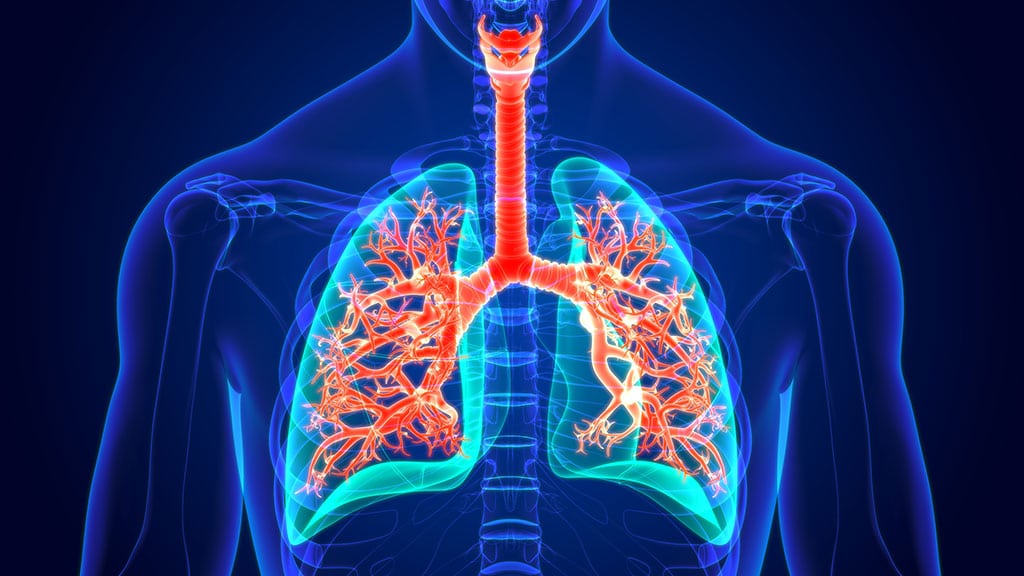
The main way asbestos enters the human body is through the respiratory system. When you breathe and inhale if there is asbestos fibre in the air that you breathe then you will expose your respiratory system to asbestos fibres. Once the asbestos fibres are within the respiratory system the body has no way of naturally removing them. There are many different areas within the respiratory system with the lungs being the main part.
The Respiratory System
When you breath the air flows through your windpipe and the bronchus. The air then moves into your lungs and into the very fine air sacs. These air sacs are called alveoli and are at the base of the lungs. You have a pleural cavity. This cavity is the space which allows the lungs to expand and contract allowing you to breathe. The pleural cavity or pleura has fine membranes lining the chest wall and lungs.
Asbestos related illness and disease is directly correlated to how much asbestos someone is exposed to. The higher your asbestos exposure over a period of time the higher the likelihood that you will contract an asbestos related illness.
There are five main types of asbestos related disease that can affect your respiratory system. These are:
1. Pleural plaques
2. Diffuse pleural thickening
3. Asbestosis
4. Asbestos-related lung cancer
5. Mesothelioma
1. Pleural plaques (asbestos)
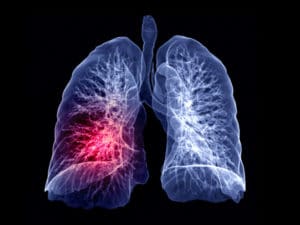
Sometimes these plaques are ‘calcified’ and may be referred to as ‘calcified pleural plaques’. These plaques can be seen on x-rays.
Usually, pleural plaques don’t cause any symptoms of breathlessness or discomfort, so it is unlikely that you would know that you have them.
Pleural plaques are seen as the least serious form of asbestos disease and are not dangerous in themselves. However they are seen as an indicator of exposure to asbestos, and there is a small chance that one of the other types of asbestos disease could develop as a result.
2. Diffuse pleural thickening (asbestos)
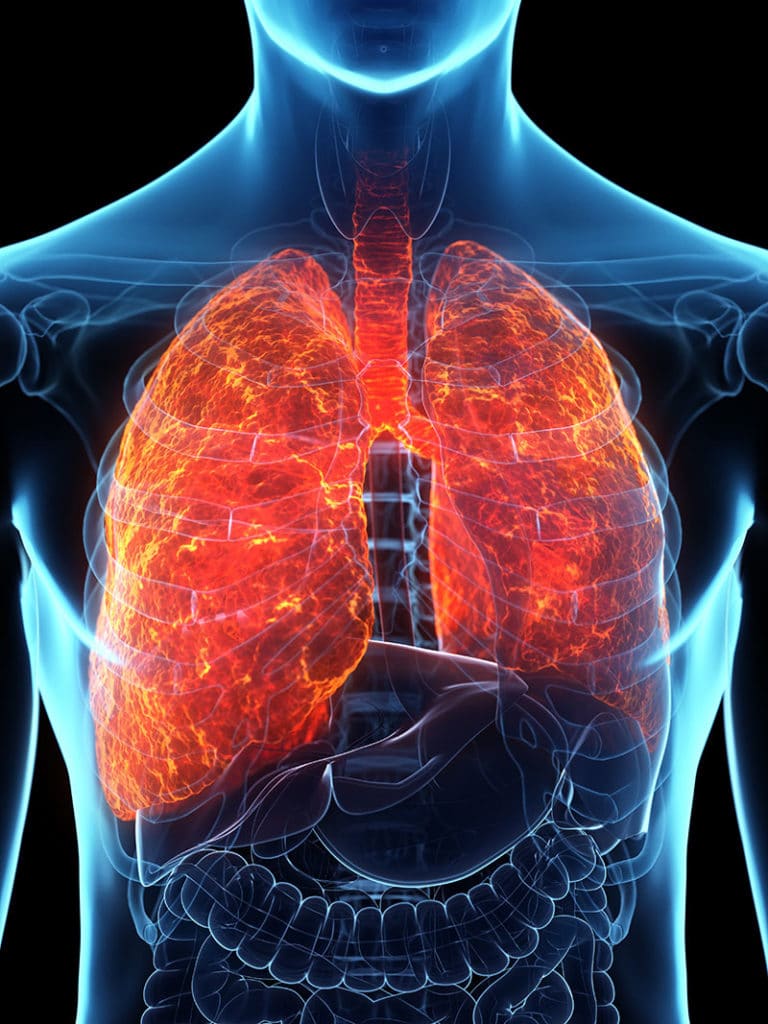
Sometimes a build-up of fluid in the pleural cavity occurs before diffuse pleural thickening develops. This condition is called a ‘pleural effusion’ and can cause breathlessness and – in some instances – pain. It can take 10-20 years to develop pleural plaques and pleural thickening after exposure to asbestos.
3. Asbestosis
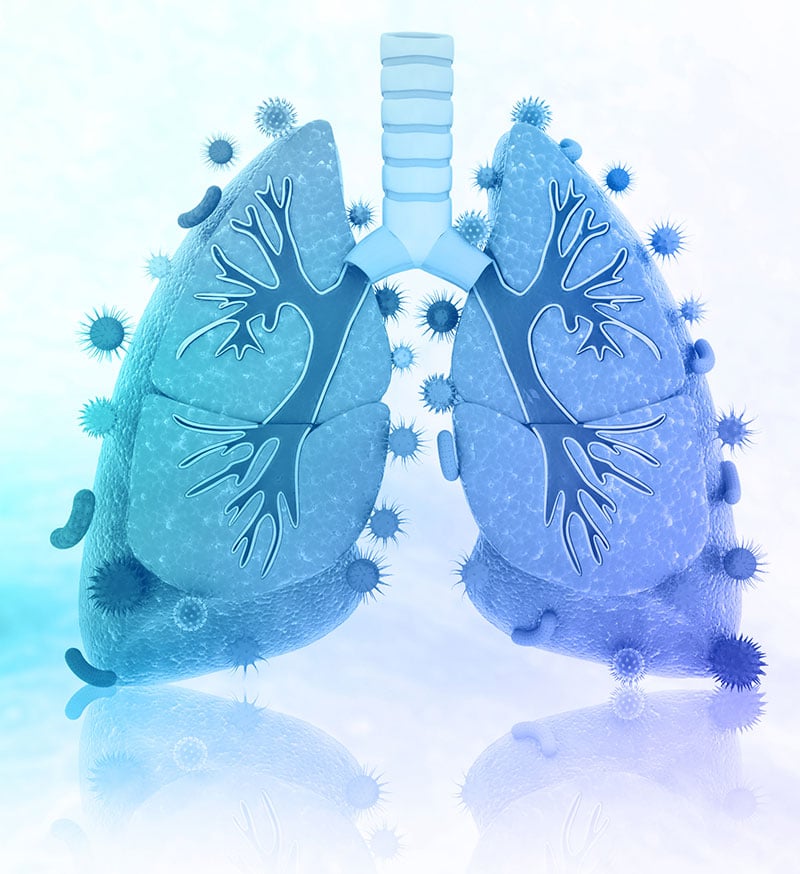
The build-up of fibrosis reduces the elasticity of the lungs, and they become stiff – making it less easy for the lungs to inflate when breathing. Symptoms of asbestosis include breathlessness (especially on exertion), a dry cough, and chest tightness.
Asbestosis may progress even after exposure to asbestos has ceased, and it cannot be reversed. However, the extent of the progression varies widely, as does the effect on breathing. It can take up to 20 years for asbestosis to develop, but this time scale may vary either way.
4. Lung Cancer associated with asbestos

The treatment for asbestos-related lung cancer is the same as that for lung cancer generally. Although treatment is decided individually for each patient, it is generally accepted that the earlier the diagnosis the better the outcome of the treatment. Early lung cancer can sometimes be cured by surgery and some forms of lung cancer can be treated with chemotherapy. Radiotherapy is often given to improve the symptoms of lung cancer.
5. Mesothelioma
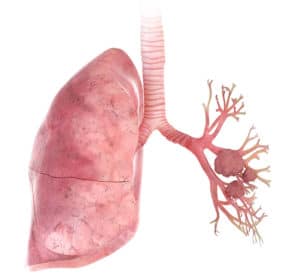
Unlike other asbestos-related diseases, mesothelioma is not ‘dose-related’. It is possible to develop mesothelioma as a result of relatively short periods of exposure to asbestos.
People have died of mesothelioma as a result of living near to asbestos factories, or living with someone who worked with asbestos and brought asbestos dust home on their clothes.
An early sign of mesothelioma is an effusion (a build-up of fluid) in the pleural space around the lung or the peritoneal space in the abdomen – this can cause pain and breathlessness.
Sometimes it is very difficult to make a diagnosis of mesothelioma and more than one biopsy (a small tissue sample) is sometimes needed.
Although there is currently no treatment for mesothelioma, research and clinical trials are taking place. There are helpful treatments that deal with the symptoms, such as removing fluid from the pleural space to relieve breathlessness.
There is also a procedure known as ‘pleurodesis’, which may be carried out to prevent the fluid re-accumulating in the pleural cavity. Pain, which is often associated with this illness, can be controlled successfully.
A HSE’s report shows that the country still sees more than 5,000 asbestos-related disease deaths a year, with some 2,446 mesothelioma deaths having been recorded for 2018, and a similar number of lung cancer deaths linked to past asbestos exposure. Furthermore, 503 deaths in 2018 mentioned asbestosis on the death certificate.
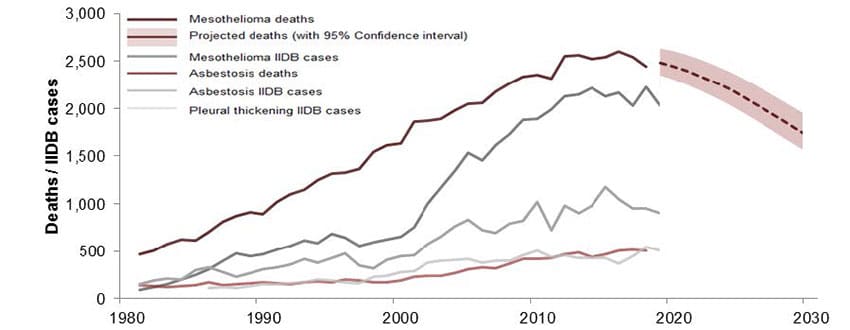
Mesothelioma, asbestosis, and pleural thickening: time trends in annual deaths and Industrial Injuries Benefit Disablement (IIDB) cases
What the figures for recent years do indicate, however – together with projections for the decade ahead – is that asbestos-related deaths are showing signs of stabilising, and look set to drop appreciably over the 2020s.
Additional Resources About Asbestos and its Effects on Health
For more information about various health-related issues relating to asbestos, see our growing resource of health resource.

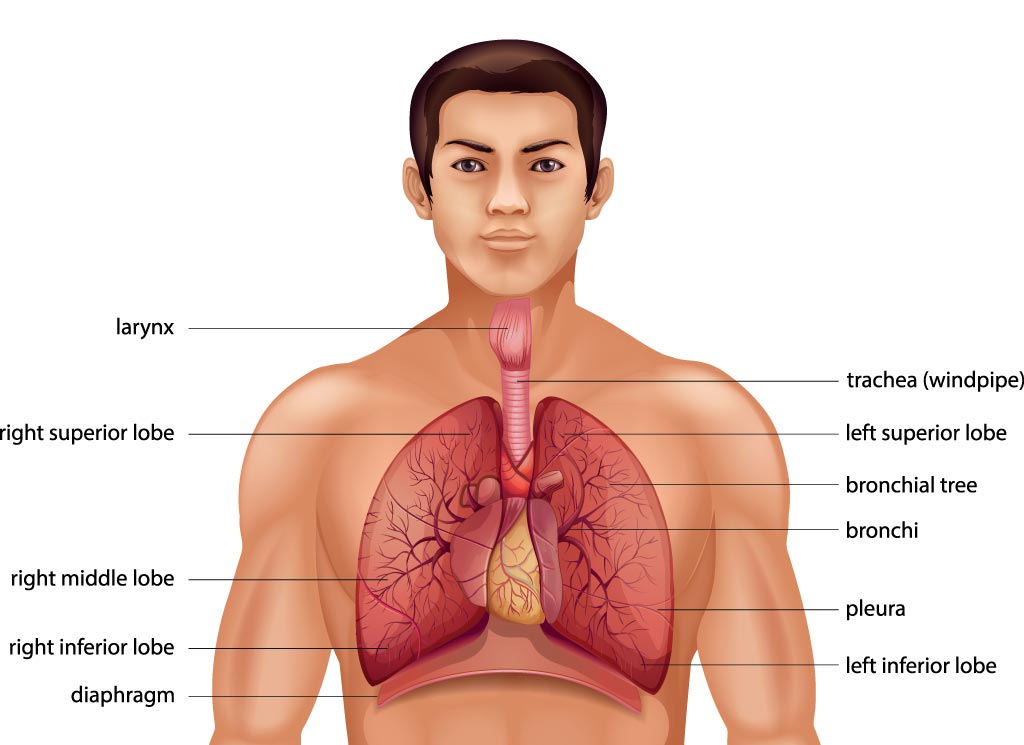
 "There are lots of guarantees around. Here's my simple guarantee: If there's something wrong, we'll fix it."
Jess Scott - CEO
"There are lots of guarantees around. Here's my simple guarantee: If there's something wrong, we'll fix it."
Jess Scott - CEO

















